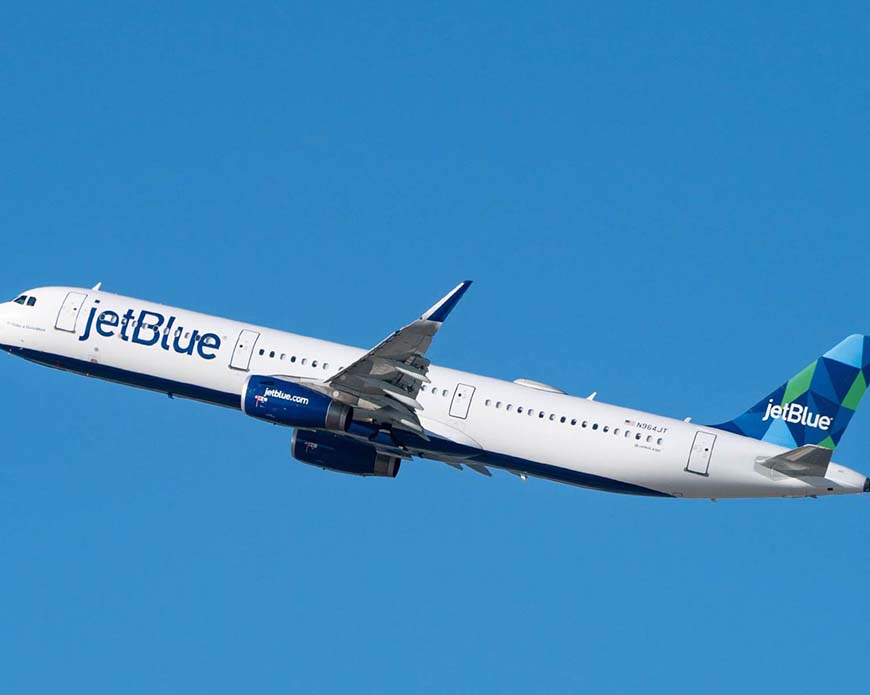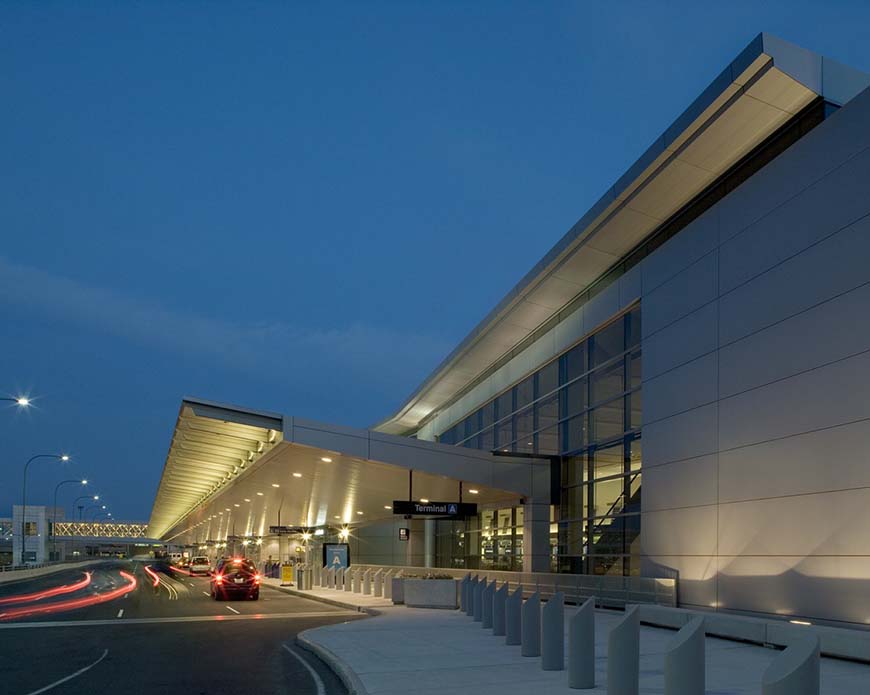I’m excited to delve into the topic of direct flights to Boston. Whether you’re planning a business trip, a romantic getaway, or a family vacation, direct flights can be a game-changer when it comes to travel convenience. I’ll guide you through the art of booking direct flights, the advantages of flying nonstop to Boston, and a comprehensive comparison of three major airlines that offer direct routes to this historic city. To provide a personal touch, I’ll share my own experiences with one of these airlines, and, to further assist you in planning your trip, I’ll explore the distinctive features of Boston’s three major airports, including their facilities and distances from the city center.
Booking Strategies for Direct Flights
Direct flights to Boston offer a range of benefits, but finding the best deal and the most suitable option requires some strategic planning. Here are some valuable booking strategies to ensure a smooth and cost-effective journey:
Plan Ahead for Savings
Booking your direct flight well in advance is a savvy strategy for securing lower fares. Airlines often provide competitive prices to travelers who plan their trips with some foresight.
Leverage Flight Comparison Websites
Websites such as Expedia, Kayak, and Google Flights can be your best friends in the quest for the perfect direct flight. These platforms allow you to compare prices and options from various airlines, making it easier to find the most suitable nonstop route for your needs.
Embrace Flexibility in Travel Dates
If your travel dates are flexible, you can use fare comparison tools to discover the most cost-effective days to fly. Slight adjustments to your departure or return dates can translate into significant savings.
Explore Loyalty Programs
Frequent flyers can leverage the benefits of airline loyalty programs. Accumulating miles can lead to complimentary flights or future upgrades, enhancing your travel experience.
Stay Alert for Fare Changes
Fare alert services notify you when prices for your desired route drop. This feature is particularly advantageous for travelers who can adjust their travel plans to seize an opportunity for savings.
The Advantages of Direct Flights to Boston
Direct flights come with a myriad of advantages that enhance the overall travel experience. When flying directly to Boston, you can enjoy the following benefits:
Time Savings
One of the most significant advantages of direct flights is the time you save. By avoiding layovers and stopovers, you can reach your destination more quickly. This is particularly valuable for business travelers or anyone looking to maximize their time in Boston.
Unmatched Convenience
Direct flights offer the pinnacle of travel convenience. You won’t need to navigate the hassle of changing planes, rechecking your luggage, or maneuvering through different terminals. It’s a seamless and stress-free journey from start to finish.
Reduced Travel Risks
With direct flights, there’s a lower risk of delays and missed connections. You have a better chance of arriving in Boston on time, which can be crucial for meetings, appointments, or simply starting your vacation promptly.
Enhanced Comfort
Direct flights often provide greater comfort, as you won’t have to endure extended hours on a plane with layovers. You can settle into your seat, relax, and enjoy the journey without disruptions.
A Closer Look at Three Major Airlines for Direct Flights to Boston

When it comes to booking direct flights to Boston, several major airlines offer an array of services and features. Let’s dive deeper into three of these prominent carriers, examining what they bring to the table:
American Airlines
Pros:
- Extensive Route Network: American Airlines boasts numerous direct flights to Boston from various locations, making it a convenient option for many travelers.
- Diverse Seating Options: Passengers can choose from multiple seating classes, including First Class and Main Cabin Extra, allowing for a tailored flying experience.
- AAdvantage Loyalty Program: American Airlines offers the AAdvantage loyalty program, which provides enticing benefits for loyal customers, including the opportunity to earn and redeem miles.
Cons:
- Pricing Consideration: Prices for American Airlines flights can lean towards the higher end compared to some competitors, making it important for travelers to weigh the cost against the offered benefits.
- In-Flight Amenities: While some flights provide in-flight entertainment and Wi-Fi, these amenities might not be available on all routes, affecting the overall in-flight experience.
Delta Air Lines
Pros:
- Reliable On-Time Performance: Delta Air Lines has established a strong track record of on-time performance and reliability, ensuring passengers reach their destinations punctually.
- Expansive Route Selection: The airline offers a vast selection of routes to Boston from numerous cities, providing travelers with a variety of options.
- SkyMiles Loyalty Program: Delta’s SkyMiles loyalty program offers various perks and rewards for frequent flyers, making it an attractive choice for those who travel frequently.
Cons:
- Price Consideration: While Delta’s prices can be competitive, they may not always be the lowest available, prompting travelers to carefully compare fares.
- Seat Comfort Concerns: Some travelers have reported seat comfort issues on older aircraft, which can affect the overall in-flight experience.
JetBlue Airways
Pros:
- Outstanding Customer Service: JetBlue Airways is renowned for its friendly staff and exceptional customer service, providing passengers with a positive and welcoming experience.
- Direct Flights from Major Cities: JetBlue offers direct flights to Boston from several major cities, making it a convenient option for travelers from diverse locations.
- In-Flight Amenities: The airline excels in offering in-flight amenities, including complimentary Wi-Fi and entertainment options that keep passengers engaged and entertained during their journey.
Cons:
- Limited International Routes: JetBlue’s international route network may be more restricted compared to larger carriers, limiting options for those planning international travel.
- Route Network Size: The airline’s route network may not be as extensive as some of its larger competitors, which could affect the availability of certain routes and destinations.
My Personal Experience with JetBlue Airways
In my recent travels to Boston, I chose to fly with JetBlue Airways, and I must say I was pleasantly surprised by the experience. Their friendly and attentive staff made the journey enjoyable from start to finish. The complimentary in-flight Wi-Fi and entertainment options kept me engaged, even on a relatively short flight.
The seats were comfortable, and I appreciated the extra legroom available in their “Even More Space” seats. The flight departed and arrived on time, which is always a plus for a busy traveler.
Additionally, JetBlue’s TrueBlue loyalty program offers a straightforward way to earn and redeem points, making it an excellent choice for those who frequently travel to Boston or other destinations serviced by the airline.
A Comparative Overview of Boston’s Major Airports
Boston, a bustling hub of activity and a gateway to New England, offers travelers access to three major airports: Logan International Airport (BOS), Manchester-Boston Regional Airport (MHT), and T.F. Green Airport (PVD). Each of these airports caters to the needs of visitors and residents, but they differ in terms of facilities and proximity to the city center. Let’s take a closer look at these airports:
Logan International Airport (BOS)

Facilities:
Logan International Airport, located within the city limits of Boston, offers a wide range of facilities to enhance the travel experience. Travelers can find a diverse selection of dining options, ranging from fast-food joints to fine dining restaurants. Whether you’re craving a quick bite or a leisurely meal, Logan has you covered. Additionally, retail enthusiasts will appreciate the variety of shops available, allowing for some pre-flight shopping. The airport also boasts efficient security and immigration procedures, ensuring a smooth and hassle-free journey.
Distance to City Center:
Logan International Airport enjoys a prime location, being only approximately 3 miles (4.8 kilometers) from downtown Boston. This proximity to the heart of the city makes it an incredibly convenient choice for travelers.
Manchester-Boston Regional Airport (MHT)
Facilities:
Manchester-Boston Regional Airport, while smaller than Logan, provides essential facilities for travelers. It offers limited dining and shopping options, ensuring you can grab a meal or pick up some travel essentials. The airport is known for its quick and convenient security and immigration processes, making it an efficient and straightforward point of entry for those flying into the region.
Distance to City Center:
However, Manchester-Boston Regional Airport is situated at a distance of about 45 miles (72 kilometers) from downtown Boston. While it offers ease of access to travelers, especially those heading to destinations in New Hampshire, it is farther from the city center compared to Logan International Airport.
T.F. Green Airport (PVD)
Facilities:
T.F. Green Airport, located in Warwick, Rhode Island, offers a variety of dining and shopping choices, providing travelers with opportunities to enjoy a meal or engage in some retail therapy before their flight. The airport prides itself on modern facilities and efficient services, making the travel experience more enjoyable.
Distance to City Center:
T.F. Green Airport is approximately 7 miles (11.3 kilometers) from Providence, Rhode Island, and about 60 miles (96.5 kilometers) from downtown Boston. While it serves as a convenient point of entry for travelers heading to Providence, the airport’s distance from Boston’s city center is a consideration for those with final destinations in the Massachusetts capital.
Boston’s three major airports cater to travelers’ diverse needs and preferences. Logan International Airport stands out for its proximity to downtown Boston and its extensive facilities. Manchester-Boston Regional Airport offers a more streamlined experience, especially for those heading to locations in New Hampshire. T.F. Green Airport, while being closer to Providence, Rhode Island, may be a choice for travelers with specific destinations in mind, although it’s a bit farther from the heart of Boston. When planning your trip to the New England region, consider these factors to select the airport that best aligns with your travel itinerary and preferences.
So, the next time you plan your trip to Boston, consider booking a direct flight to maximize your travel convenience and start your journey on the right foot. Enjoy your travels to this historic and vibrant city!



